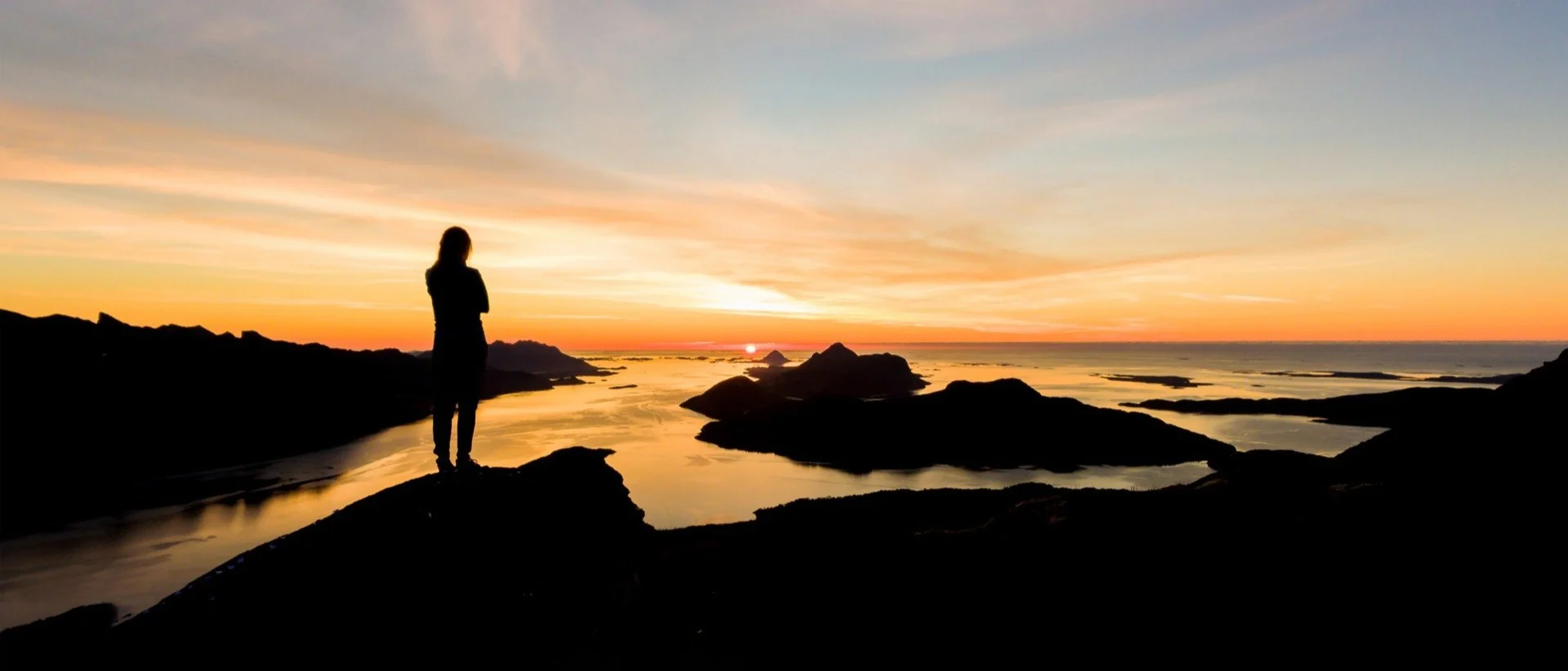
The Helgeland coast
A highlight reel of natural and cultural treasures along the north Norwegian coastline.
Stretching across the Arctic Circle from Rørvik up to Ørnes, the Helgeland coast is often singled out as one of the most enjoyable parts of a Hurtigruten voyage.
Whether your journey takes place during the endless summer days or in winter darkness with the Northern Lights, you will never forget your trip along this section of coast, which was once the home of Norway’s famous 17th-century poet-priest, Petter Dass.
The Vega Islands
These 6,500 islands, islets and skerries have been recognized on UNESCO’s World Heritage List since 2004. This rare honor makes sense when you get into your kayak and soak up the scene around you, surrounded by towering mountains that drop sharply to the sea below.
The archipelago has also attained status as a sustainable tourism destination, and regardless of whether you arrive by kayak, boat or organized tour, there are many places that can offer you a room for the night.

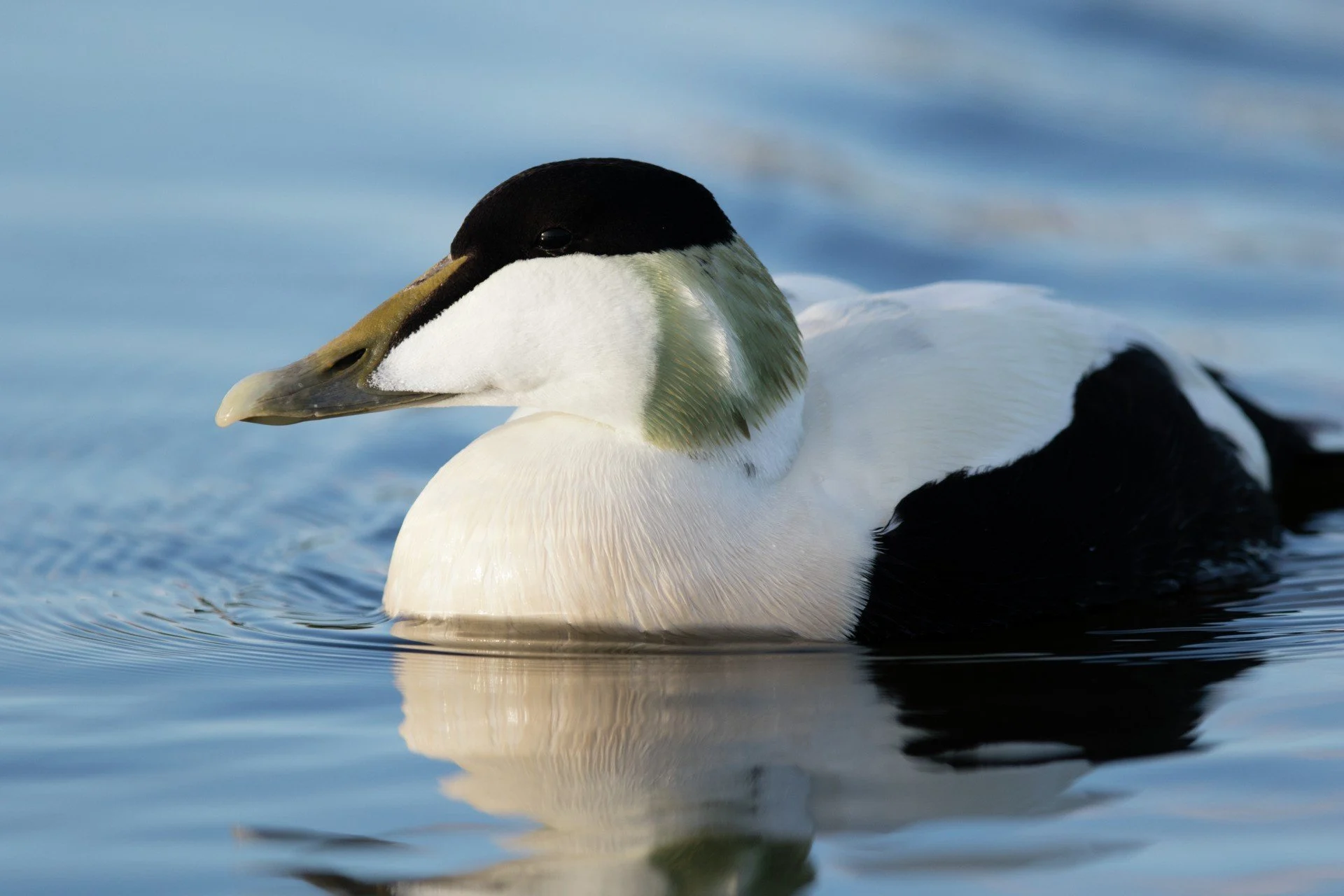
The Seven Sisters
Legend has it that these seven beautiful mountaintops are actually female trolls turned to stone. The story goes that Botnkrona (3,517 ft / 1,072 m), Grytfoten (3,497 ft / 1,066 m), Skjæringen (3,402 ft / 1,037 m), Tvillingene (the Twins) (3,215 ft / 980 m), Kvasstinden (3,314 ft / 1,010 m) and Stortinden (2,986 ft / 910 m) were all daughters of the Suliskongen, who kept them under strict control. One night he fell into such a deep sleep that all seven maidens were able to sneak out.
But Vågekallen, who had been eager for a wife, was lying in wait. The sisters fled south down the coast, with several trolls chasing, all of whom were either trying to capture or save them. But when the sun rose the next morning, the troll sisters and their pursuers were petrified and turned to stone by its rays.
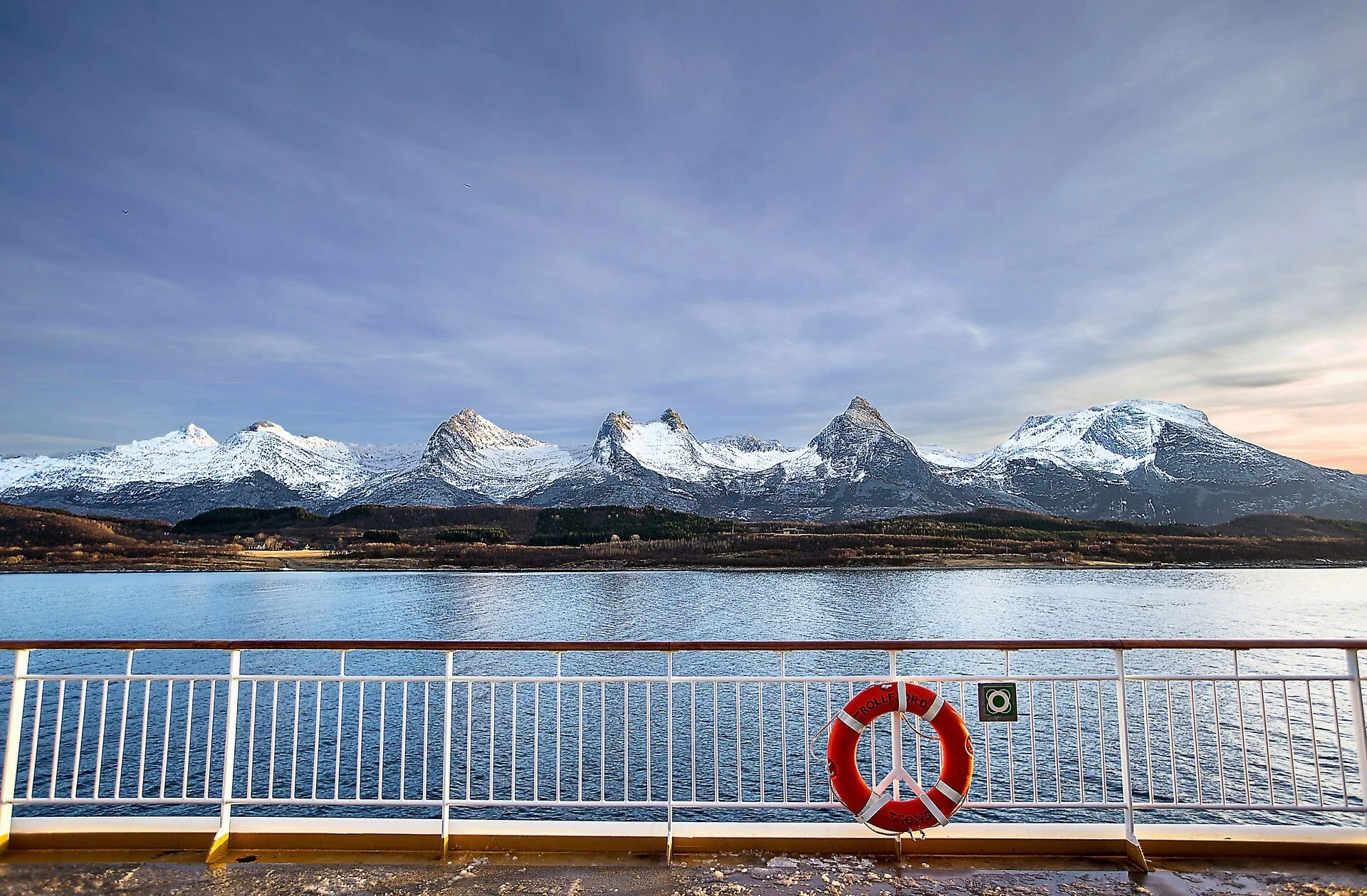

The proximity of the Seven Sisters means that a good hiker can climb them all in a single day. The Norwegian Trekking Association estimates that a fit walker should take just under thirteen hours to complete the 16-mile hike, which includes a two-mile altitude difference.
If all together are too challenging, you can always choose just one to tackle. As the shortest of the seven, Stortinden is the easiest for less-experienced hikers.
Torghatten
Rising for 846 feet (258 meters) vertically from the sea, Torghatten is known for the 100-foot-high, 75-foot-wide and 525-foot-deep hole that runs through the mountain. According to legend, the hole is the hat of a Brønnøy King that froze to stone.
The story goes that, early one morning, Lekamøya and her seven sisters were fleeing from Vågekallen, who was desperate to capture a wife. The King heard them and came to their rescue. However, Hestmannen, who had been awakened by the noise, got up and shot an arrow towards them. The King threw his hat towards the maidens to protect them. Just as the arrow pierced the hat, the sun came out and its rays turned the trolls, hat and all to stone.
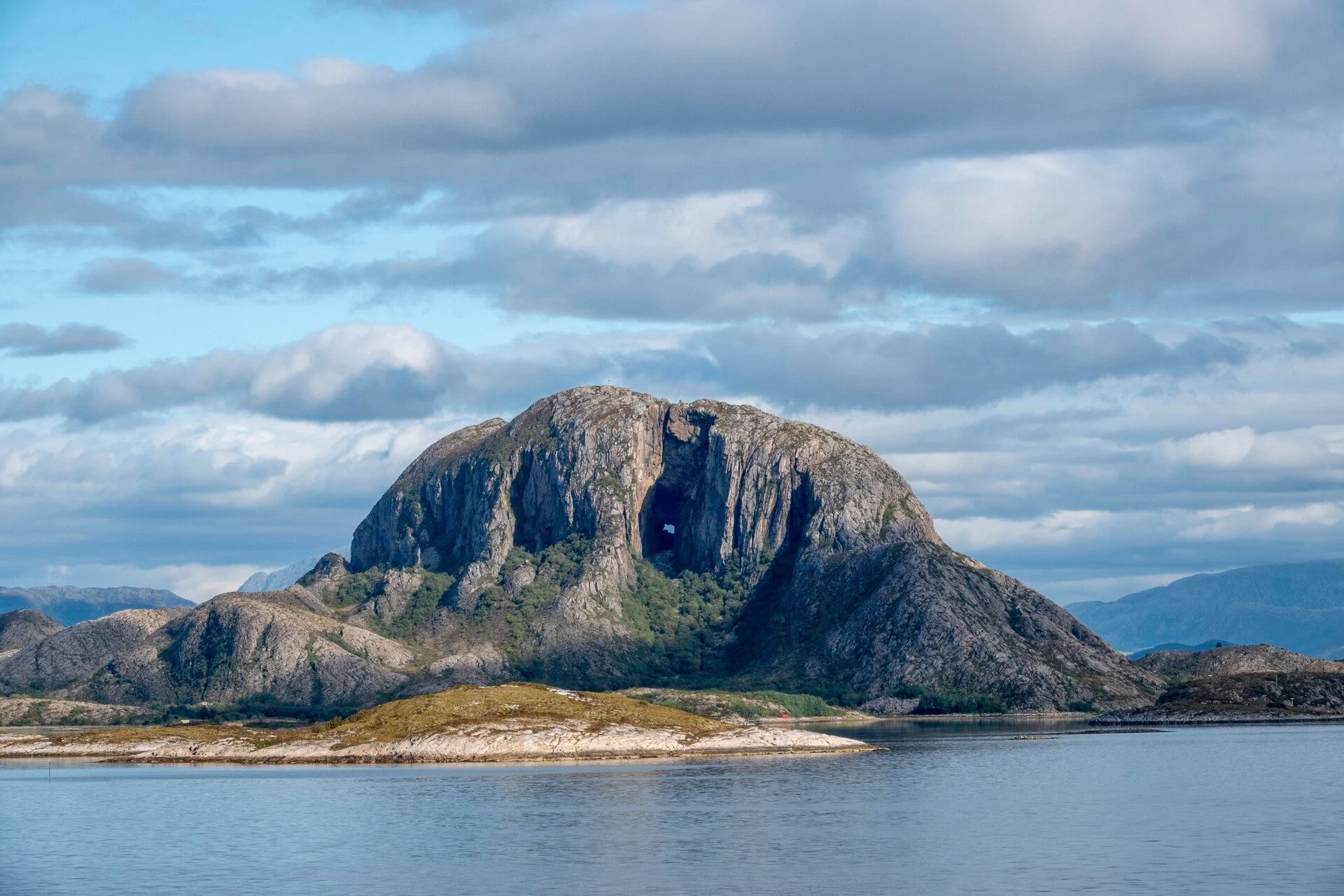
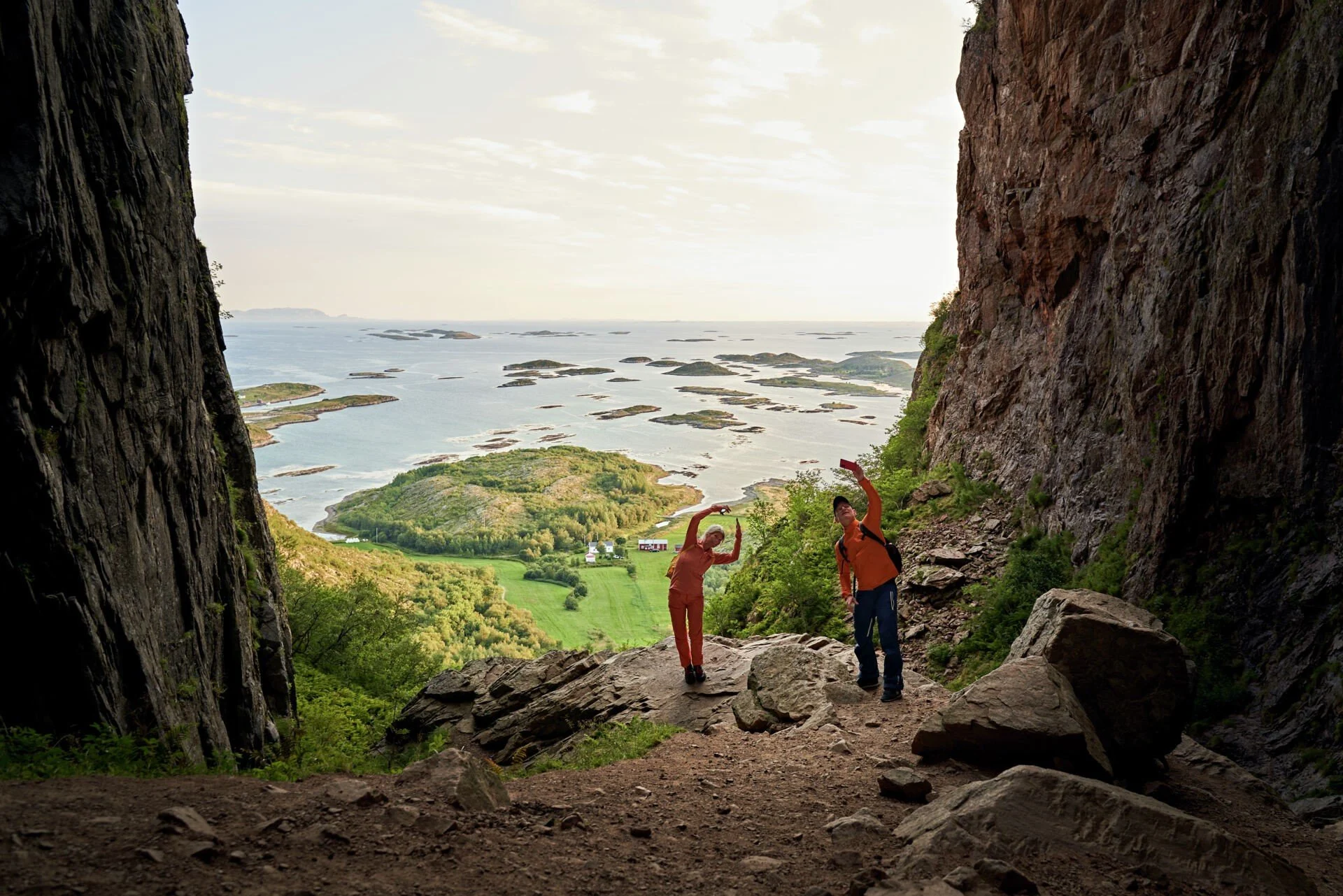
There is another, more rational explanation for the hole, however: after a period sitting at a lower level, the mountain was pushed upwards, during which time the sea gradually wore a hole through its layers of rock.
The hole is most commonly accessed from the eastern side via a path up the mountain. The walk takes around 25-30 minutes, and the sensational view out from the hole across the Helgeland coast makes it worthwhile.
Explore the Helgeland coast with Hurtigruten
We call in at Brønnøysund, Sandnessjøen and Nesna, and offer a number of excursions that bring you closer to the region’s people, nature and culture.
- Multiple offers
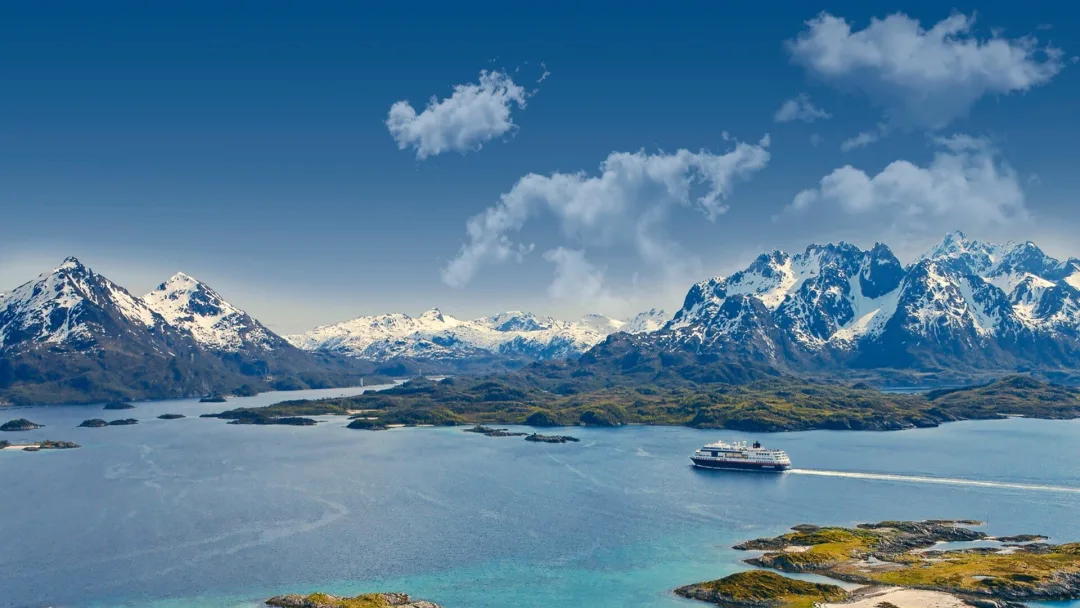
Roundtrip Voyage from Bergen | Explore Norway’s Coastline
Route
Bergen - Kirkenes - Bergen (Roundtrip)
Departure Dates
Regular departures - 12 days
Price from $3,434
$2,404
Ships
Multiple
- Multiple offers
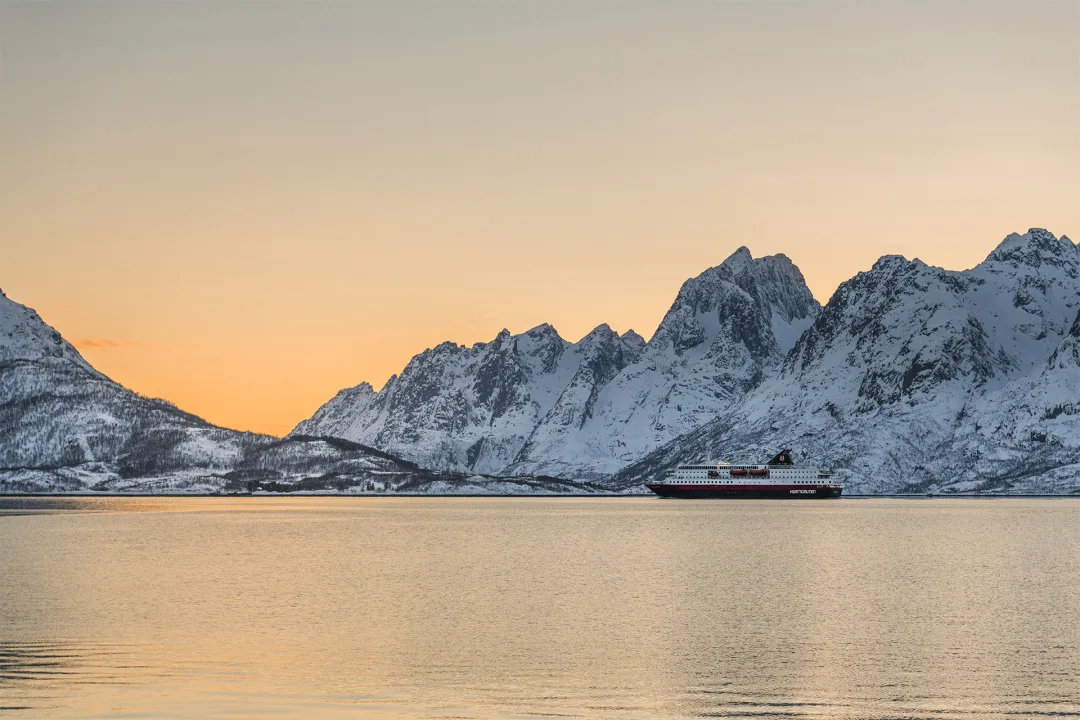
11-Day Norwegian Voyage | Bergen - Kirkenes - Trondheim
Route
Bergen - Kirkenes - Trondheim (Roundtrip)
Departure Dates
Regular departures - 11 days
Price from
$3,434
Ships
Multiple
- Multiple offers
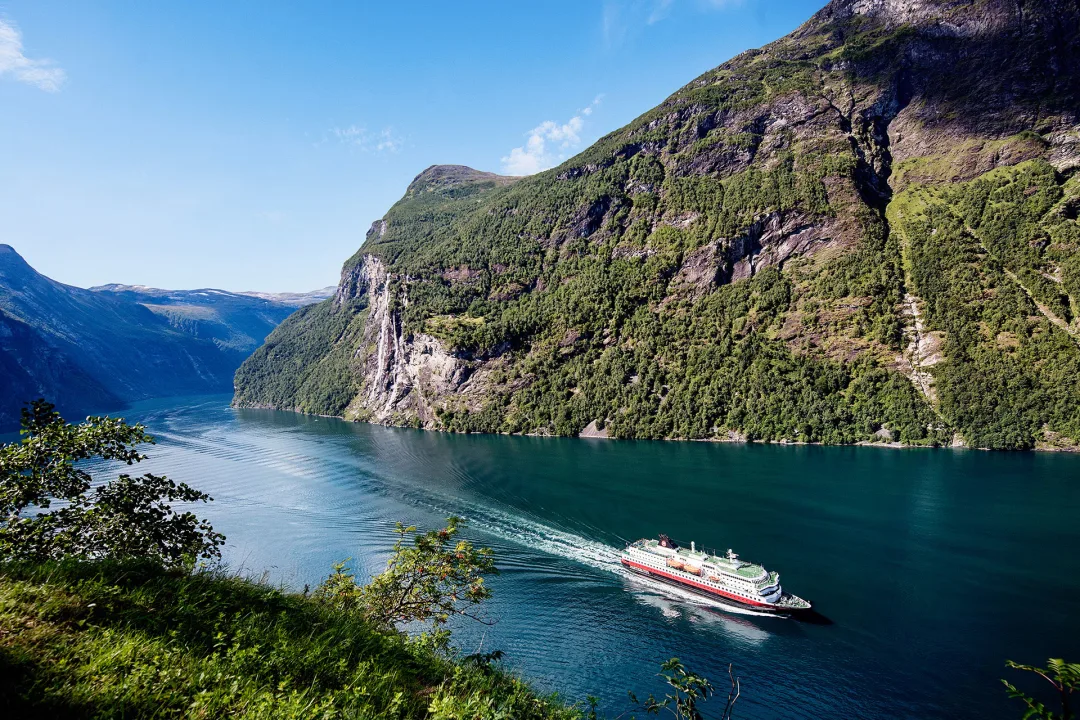
7-Day Norwegian Voyage: Northbound | Bergen to Kirkenes
Route
Bergen - Kirkenes (Northbound)
Departure Dates
Regular departures - 7 days
Price from $2,336
$1,635
Ships
Multiple